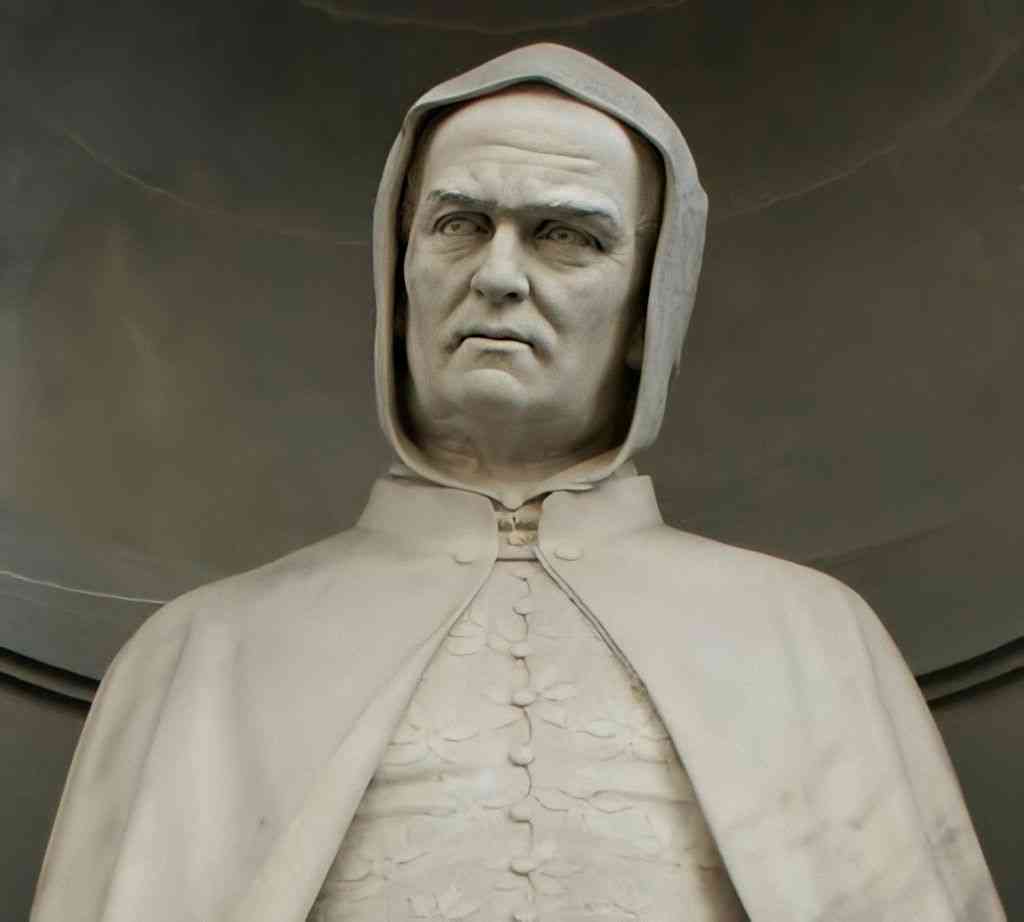Artist Goto did not give birth to the cradle of singing, and he was not one of the bourgeois classes among the sons of society, but rather was the son of a farmer in a village from the province of Florence.
His work was a shepherd of the village. In places of care, he used to paint animals on dirt. This is the beginning of the first artists whose names appeared in the history of the Middle Ages, and it is he who came to be the messenger of plastic art. Luckily, one of the covenant artists crossed near him, and Goto used to paint his sheep on the soil, so the artist Cimabue marveled at him and saw in him a great ability in drawing shapes when he was a child almost 12 years old.
When Chimabo saw him as a wonder of his superiority, he offered him and his father to come to the artist's studio to give him good information, and this is how the child went with his teacher, and after a while, he outperformed his teacher a distance in creativity, and he learned architecture as well and began his fame in his international works through the works of her body in murals Temples.
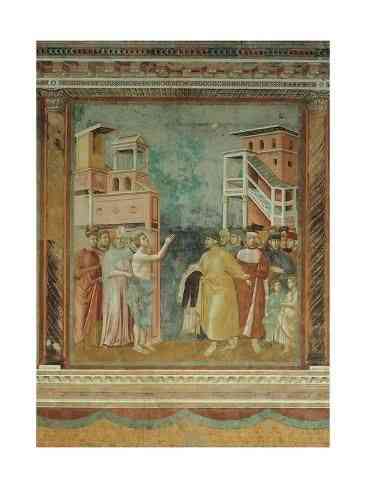
This mural, called Francisco, was drawn between 1297-1299. It is one of the paintings that changed the course of plastic art.The most notable feature of the Italian Renaissance in the first hundred years is the art of graffiti, which is called fresco and called by this name because the drawings above the wall begin when the plaster or grout is soft and not completely dry.
This new style became very popular during that historical period in many Italian cities, due to its ease and speed in covering the walls of palaces and churches, rather than mosaics with long hard work. Therefore, the prevalence of this new style of wall art in that historical period has earned it a distinction in general social life and has become a means that has occupied its place within the process of artistic work. He must direct art, but this era did not abandon religious propositions as much as it allowed the artist to be free from being subject to the control of the religious doctrine imposed by ecclesiastical guardianship.
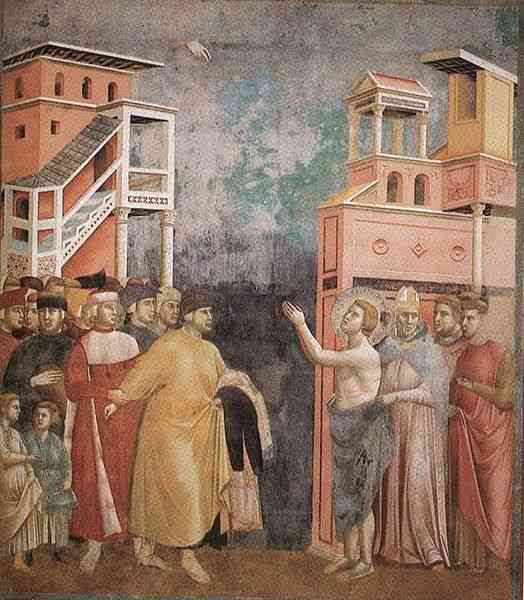
As he became free to touch and address all issues of daily social reality, and thus the step that qualified the artist to play a large and distinct role rests with his new responsibilities in social life and is treated through this role as a prominent contributor to the process of development and construction that prevailed at the time. The beginning of the Renaissance is associated with the Florentine artist Giotto de Bondoni, whose fame was applied through his departure from Byzantine art, which was popular with his rigidity, to take the art of painting to a new world that allowed those who followed him to cross the barriers that separate the sculpture from painting.
Giotto approached his romantic value with a high value as a key that opens the doors of the tremendous ability to get rid of the theological restrictions in the middle age where his science was a new movement that almost came out of his hands to touch people lives.
Reverse technical concepts
The greatness of Giotto comes also through his heart to the concepts that were prevalent in understanding the function of architecture and sculpture if the views see that the art of sculpture is complementary and complementary to the art of architecture and that painting is nothing more than a decorative and educational role until Giotto appeared to obtain photography on his hands a place he did not win Before, he charted a path that artists and adults followed for nearly six centuries, despite the diversity he had experienced, a path that was not impeded until the emergence of contemporary art schools that began with impressionism, in a clearer statement that Giotto transferred art from being symbolic art to be an emotional art, and linked the universe with the emotions of humans.
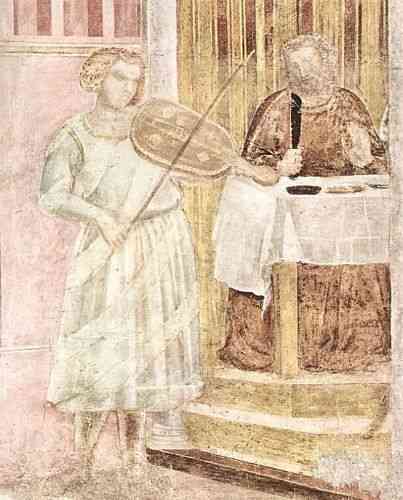
The legitimacy and progress of his artwork are embodied by creating formal tactics that gave the viewer confidence in communication and contemporaneity. Your works reflect expression and choice, they display themselves and translate their movements and advance quickly as topics and works that are not dark or difficult to understand at all, as they are considered the first professor who has become the human body has a source of major aesthetic pleasure.
He also took care of tactile values and their development, and he became a primary source of aesthetic delight, and he was long preoccupied with problems related to how to portray people, neglecting previous interest in attractive patterns or false dramatic situations in the surface of the painting, as he has a carrier of many gestural and kinetic connotations that evoke the viewer's imagination.
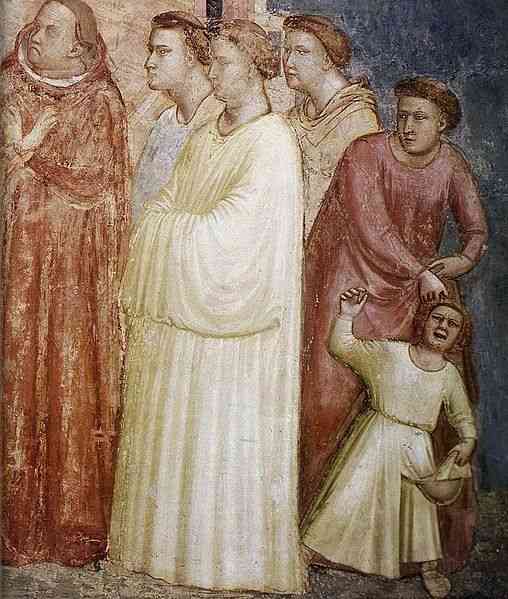
Giotto, who appeared at the beginning of the fourteenth century and with his multiple abilities as a first-class engineer, as a painter, sculptor, and poet and possessed a great fortune that he was not forced to, asserted the confidence of the people through his moderate behavior and his advanced creative feat, which most of his works had portrayed in the teachings of st. Francesco de Assisi who the model of ascetic and ascetic is considered the most compassionate and clever person and loves them to their hearts.
And who quickly realized the futility of rhetoric and the transnational nature of all social systems.
"It is forbidden for you to own one of you, what we are in this life except for strangers familiar with the visiting pilgrim, and we have no covetousness in the pleasure of life, we live poor and die poor, our concern is the fear of God. I feared it, and to live in confidence with what the charity gives you, do not carry anything for the road, neither a stick, a supply, bread, nor silver, and none of you have two garments"
Dramatic expressive in the art of drawing
This subject makes Giusto's work an opportunity to study the personalities, situations, and profound thoughts that he instigated through his social life, which was also characterized by simplicity and direct contact with the lives of the poor and destitute, which Saint (Francesco) vowed himself to defend, and he is considered Giotto inaugurating the new image of the beginnings of international artwork, outside Simulation limits for what was produced by the Byzantine, Greek, or ancient Roman brush, so a realistic arrangement was again recognized by gore more than more in more Understanding the real life of people, as its personality, though weak in terms of the anatomical structure accepted in creating rulings of shape, from its people the joints of its limbs appear obscured which causes it to lose its movement.
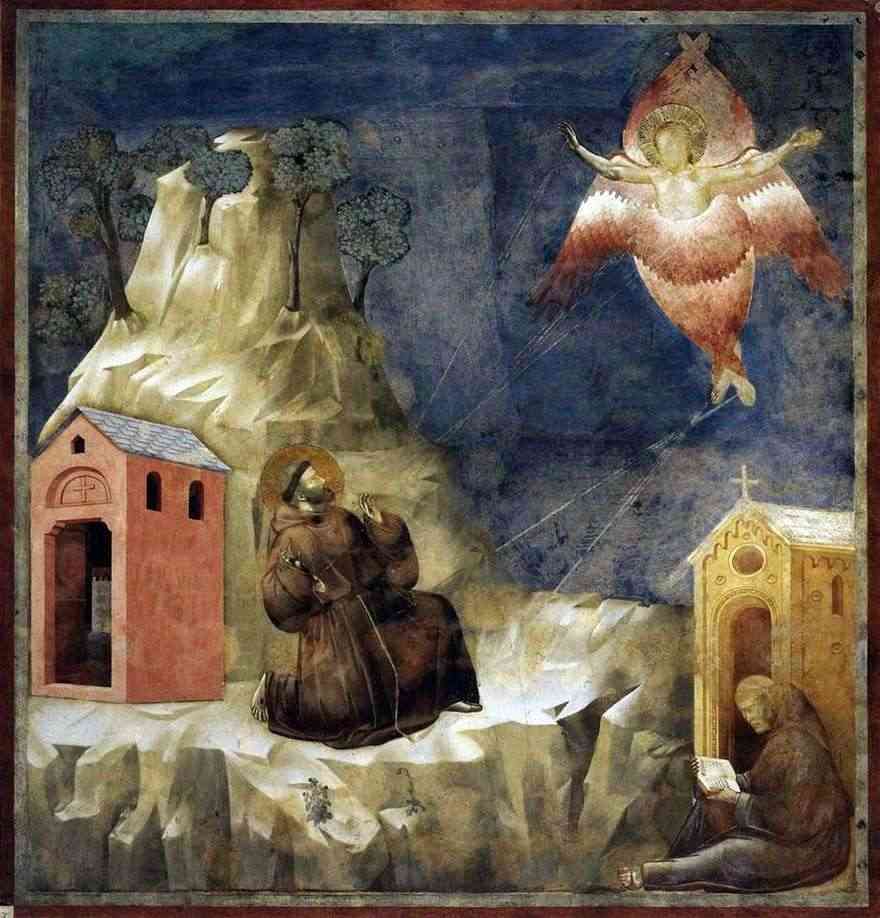
It also depicts the mountains as a permanent accord with the people, and it suffices to use light and shadow to highlight the size and mass needed to impart the image of the shape that it wants, but in all cases, its murals compel us to transcend all these hints of its lyric poetry and its creative ability to express the intrinsic significance of the subject, which is what is taken by another His works in the church of Santa Croce (Holy Cross) in Florence on the death of Saint Francesco, he portrayed the death accident with seven murals.
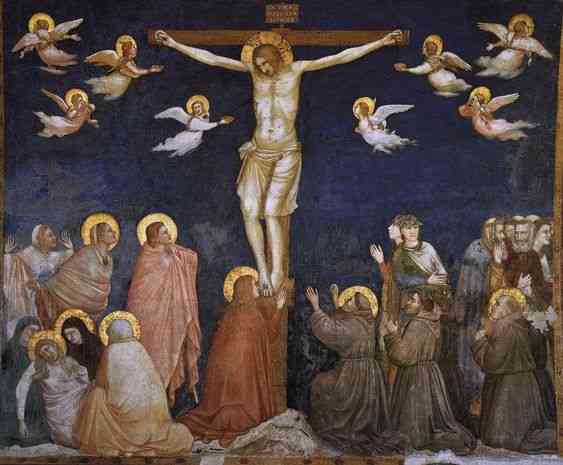
Drawing the body in a dramatic expression that feels that the time of death is not far away, as there is no moving body that radiates its stillness and stability any movement, and the lines converge with their curves to form the clothes and individuals surrounding the body to form the top of the drama.
The seven images appear to be an inseparable part of the wall that decorates them, but they appear to be more lively and more capable of giving the viewer the ability to participate and participate in understanding the sociological aspects of the art that causes it to enter into cognitive stages that possess the required variables.
Show the bending ability
His dependence on the line in focusing his brilliant efforts to show the curvature, curvature, and shape of the curve to show the structure of the external shape and the expressive navigations of the movement, has become a new distinctive feature that the Renaissance began and this feature remained one of the historical features of immortal survival reflected in the surfaces of the works of many of our artists Contemporaries, whether in the church of St.
Francesco in the city of Assisi or the church of Santa Croce, their murals took place with great skill within the general architectural style to the extent that made each of the architectural structures containing stunning varieties of the architectural interior in the interior, such as minarets, altars, column inscriptions, stems, vaults, stained glass windows and ceilings Curved, on the other hand, the mural artwork, each of which contributes an upright and complementary share.
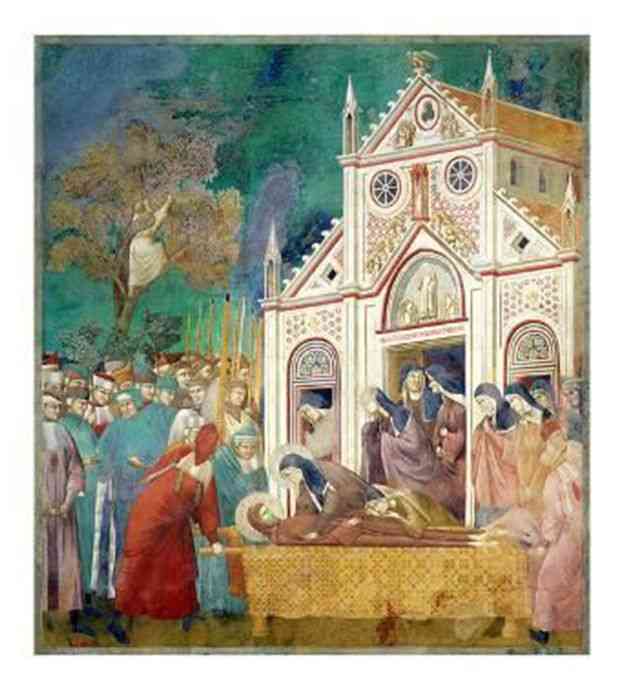
The most important characteristic of the aesthetic concept of the Renaissance is its direct association with artistic production. This concept was never just a symbolic philosophical concept, but a realistic aesthetic concept whose goal is to solve the specific issues in art. The free man of Giotto has acquired immunity from nature against all that is evil Negative and flawed.
Giotto and his creative science made the world of St. Francesco de Assisi a world that all people live, not a world of castles decorated with gold and precious stones as is the case in Byzantine art or early romantic art, but rather that its sacred worlds are worldly.
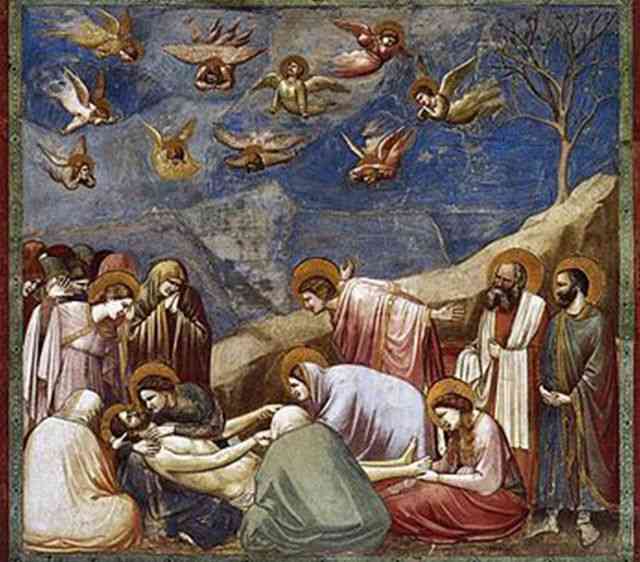
As he notes this in many of his mural works, characterized by intelligence and sharp sarcastic acumen, it is an ideal balance between the requirements of objective realism and the supreme revelations of an ideal religion that was considered through his works the master of the void in the artwork, since the surfaces of his mural works and the extent of his judgments in filling the space to the extent that It made him a great builder for placing personalities and blocs and defining the form of relationships, contradictions, and tensions between them.
Giotto de Bondone died in 1337 so that the works left behind by his creations are today among the most valuable treasures of the entire continent of Europe.
.......If you want to know more about the Middle Ages, click on the previous post
Thanks for reading!
Stay with us.
- Utopia Educators. Do subscribe to stay updated. Thanks
Sources:
1-https://en.wikipedia.org/wiki/Giotto
2-http://www.ahewar.org/debat/show.art.asp?aid=604279&r=0
3-History Makers - Samir Sheikhani

